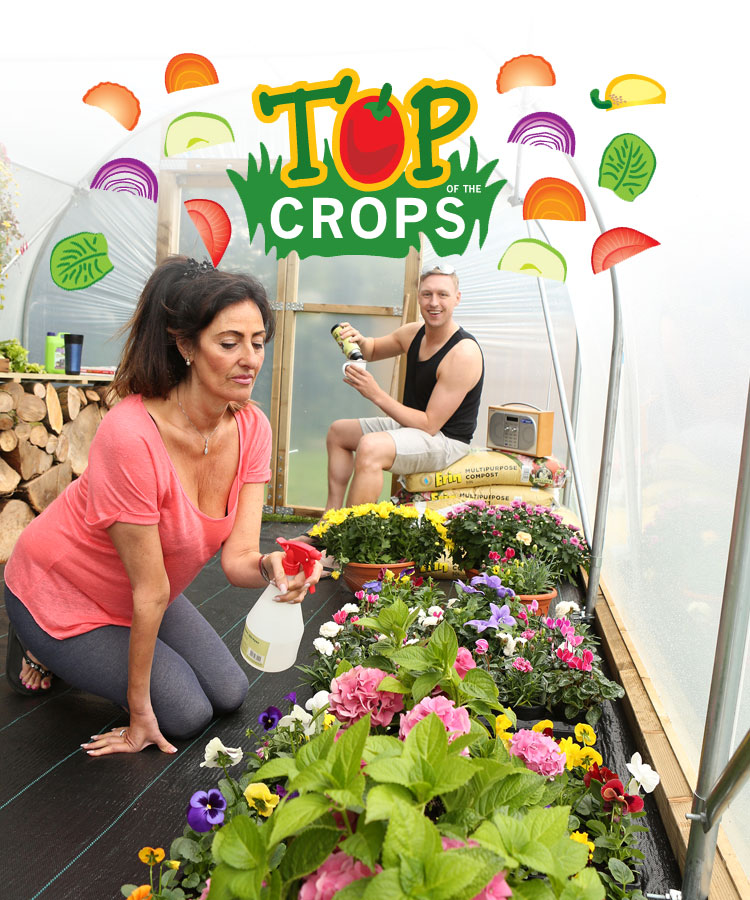Nasturtiums and a really easy and really beneficial plant to grow and can be a fantastic addition to your polytunnel. Not only do nasturtiums look lovely, the flowers, leaves and unripe seeds are also edible, and they are also a good companion plant to a range of crops, since they can act as a trap crop for certain pests. The leaves and flowers are fantastic, somewhat peppery additions to a summer salad, while the seeds can be used as you would use capers.
Nasturtiums like a well-drained, free draining and not particularly fertile soil in full sun. They will thrive in the warmth and shelter of a polytunnel, though you should take care not to overwater them. They can be grown from seed or bought as small plants. It is very easy to collect the nasturtium seed for use the following year and you may well also find that you have a few self-seeded volunteers popping up the following year as soon as your polytunnel warms up.
Nasturtiums will take up rather a lot of space but the space in your polytunnel can be maximised by the use of vertical gardening techniques and hanging baskets. Nasturtiums lend themselves well to being used as climbers and trailers as well as spreading out across the ground.
Nasturiums that are grown high up in your polytunnel could be useful during the summer as they can help to provide a little shade to heat-sensitive plants (such as a range of salad crops) that are grown beneath. This is only one of the ways in which nasturtiums can be a useful companion crop.
Nasturtiums are a particularly good companion crop of curcurbits, since they are very good at repelling certain pests that would otherwise bother your squash, courgettes, cucumbers and other members of that family. As a trap crop for aphids and as an attractant for their predators, nasturtiums also make themselves useful to a much wider range of food crops.
Simply pick off the flowers and the leaves as and when required for salads throughout the summer and autumn. The flowers and leaves are full of health-giving nutrients and add a bit of a fiery kick to spice up all your lettuce. It is ideal to harvest leaves and flowers early in the morning before the heat of the day, though they can be harvested at any time.
